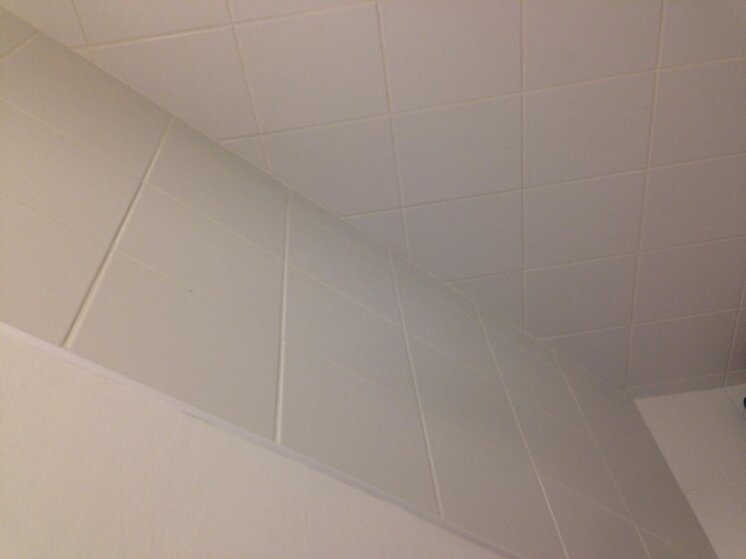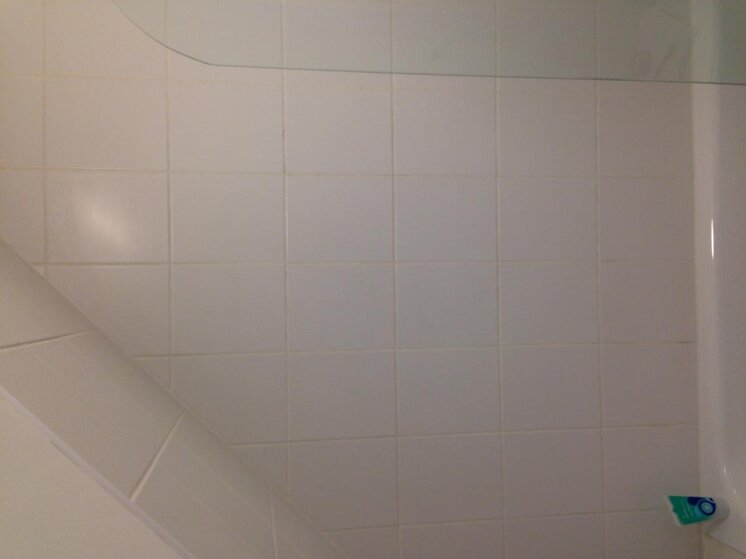R
rj1884
Good afternoon all. Went to look at a job today. See pictures. The customer wants to remove existing tiles and replace with new tiles covering the same area as the existing tiles do. He seems to think that the person who tiled the existing area was a DIYer. My first question having not tiled a sloping wall before is is that the norm that the horizontal grout lines don't match up by that much.
The walls are plasterboard which more then likely will have to be repaired once the existing tiles are removed. The customer is looking at using 60x30 tiles on this area which I think maybe to heavy to fix to that particular wall. Can you give me some advise on the way to go about tiling this sloping wall/ceiling in particular the way of getting them to stay on the wall without them moving whilst the adhesive is drying. I normally use ardex adhesives and was thinking of X77.
Many thanks in advance..
The walls are plasterboard which more then likely will have to be repaired once the existing tiles are removed. The customer is looking at using 60x30 tiles on this area which I think maybe to heavy to fix to that particular wall. Can you give me some advise on the way to go about tiling this sloping wall/ceiling in particular the way of getting them to stay on the wall without them moving whilst the adhesive is drying. I normally use ardex adhesives and was thinking of X77.
Many thanks in advance..

